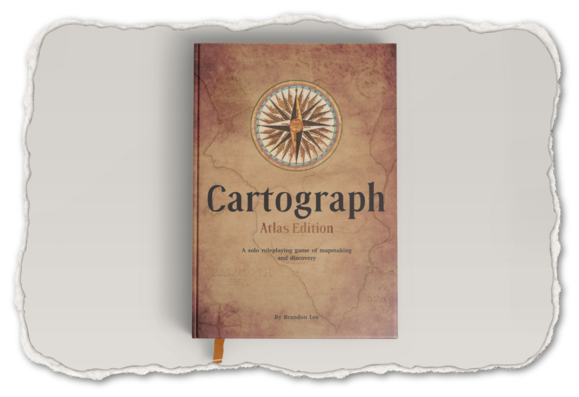We may earn money or products from the companies mentioned in this post.
The Greatest Film Series of All Time is ending this Sunday. Since it inspired Sharktoberfest, we decided to celebrate with a 20% off sale on our entire line at Drivethru. Make sure to stock up for the Sharkpocalypse.
I’ve finally finished my read-through (minus the spells) of the 5E Player’s Handbook. Here’s what the appendices had to offer.
Appendix A: Conditions
This is legitimately a good idea. In previous editions, rules for things like being blinded or incapacitated or exhausted or whatever were spread out through a number of different rules chapters, modifier tables, spell descriptions, and so on, often with the complete rules (sometimes with nearly insignificant variations) repeated each time. This puts all of those rules into one place, makes them consistent, and slims down the entries that use them. Instead of describing what it means to be charmed in the various Charm Thing spells, you can just say, “This spell charms this kind of thing.” Most of the actual rules for the conditions described are also very simple and straightforward compared to some of the previous editions and most of the “detail” that’s stripped away isn’t going to detract from the game in any way.
Appendix B: Gods of the Multiverse
“If you’re playing a cleric or a character with the Acolyte background, decide which god your deity serves….”
Clearly you mean “character,” not “deity.” You’re the biggest RPG company in the world. Goddamn act like it.
After that unpleasantness, there are very brief (one paragraph) overviews of the pantheons from the standard D&D worlds (Forgotten Realms, Greyhawk, Dragonlance, Eberron), plus an entry for nonhumans–because dwarves and elves are exactly alike no matter what world you’re playing in–followed by tables that list each individual deity along with the god’s alignment, domains, and symbol. Then they repeat the same formula with some real-world pantheons (Celtic, Greek, Egyptian, and Norse). The only difference is the real-world pantheon descriptions contain more lines from Grateful Dead songs and poems written by 14-year olds who just discovered Llewellyn Publications than actual information about the pantheons they’re supposedly describing. “The Gods of Olympus make themselves known with the gentle lap of waves against the shore…” Bullshit! The Gods of Olympus make themselves known by lightning bolting motherfuckers and banging everything that moves while disguised as a squirrel or some shit.
It ain’t Deities & Demigods, but it’s a decent enough at-a-glance overview for figuring out what spell domains your cleric should pick, which is all you really need from the Player’s Handbook.
Appendix C: The Planes of Existence
Even if I owned a warehouse overflowing with rat’s asses, I wouldn’t have enough to give even one about the planes of existence, at least in D&D terms. I enjoy some dimensional travel in my fiction, but I prefer it to be either straightforward world-hopping into alternate dimensions or characters unintentionally stumbling into weird freaky alien planes. The general nature of the D&D planes should work for the latter, but it’s hard to make a place seem weird and freaky and alien when you can buy a map and a Volo’s Guide to The Nine Hells from a friendly vendor’s booth right next to the clearly-marked portal that takes you there. It’s kind of an offshoot of that whole “Tolkein would be a shitty GM” thing where games try to over-explain pre-scientific ideas so they’re more comfortable for our post-scientific brains. Also, the D&D planes have always seemed incredibly one-note to me. “You’re on the FIRE plane. You see a house made out of FIRE up ahead next to a FIRE COW! He’s eating grass MADE OUT OF FIRE! FIRE!”
Your mileage may vary.
Appendix D: Creature Statistics
This appendix seems to consist of animals from the equipment section, creatures you can get with the Find Familiar spell, and Skeletons and Zombies, which I guess are there because there are spells in the book that explicitly create them. I didn’t read it.
Appendix E: Inspirational Reading
According to the intro text, this is Gygax’s original list with a few newer books added. I’m going to believe them, because my 1E books are in a box somewhere in the attic and I’m not going to dig them out to compare the two lists. Whoever made the additions to the list practiced considerable restraint, sticking mostly to influential and popular stuff like Game of Thrones and Mistborn. I’m even more impressed that they resisted the temptation to include a bunch of awful D&D fiction. Dragonlance and Drizzt are the only TSR series that make an appearance, and I think sales figures alone justify their inclusion. From what I remember from my high school days, at least the first 3 books from both series were competently written and fun to read (so they’ve got one up on Game of Thrones right there).
Other than an index, a character sheet, and an ad for the other books, that’s it. I’m done with the book.
Next Week: What Have We Learned From All This?





